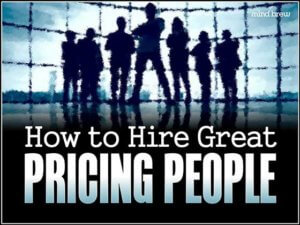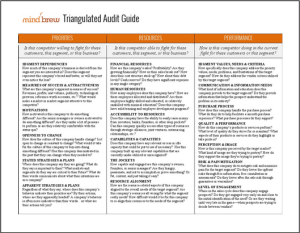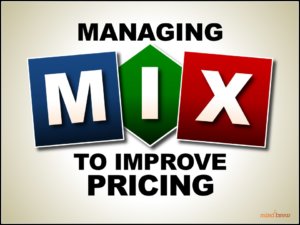I have a friend whose grandfather was particularly fond of a particular brand of glue. He used it for everything.
Dropped a coffee mug?
All-purpose glue.
Sole coming away from your shoe?
All-purpose glue.
Broken rung on the wooden step ladder?
All-purpose glue.
Hole in the dry wall?
You guessed it — all-purpose glue.
The problem with this approach — as you’ve probably already figured out — was that the all-purpose glue wasn’t really the best solution to any of those problems. Sure, it might fix the mug or the shoe for a week or two, but then things fell apart again. And of course, Grandpa tried to fix the new problem with more of the same glue. And that never ended well.
The truth is, if you need to stick two things together, you are much better off with a glue specifically made for those items. Wood glue. Fabric glue. Ceramic glue. They all would have made Grandpa’s life so much easier (as well as making life better for the rest of his family and the people who eventually bought his glued-together house).
This is the point in the article where we usually pivot and explain how this anecdote taught us something profound about pricing.
But in this case, we’re actually going to warn you that it’s really easy to learn the wrong lesson from all-purpose glue.
You see, when companies are building a pricing teams, a lot of them assume that they need a bunch of specialists. They don’t want to be saddled with “all-purpose glue,” when a specialty glue — or rather, a specialist — would serve their particular needs much better.
However, if the past few years have taught us anything, it’s that teams need to be flexible.
The things your team is doing today might be very, very different than the things you were doing two years ago. And your team might need to do things next month that you’ve never imagined before.
Fortunately, people are different than glue.
No matter how many hours of instruction you give it, your all-purpose glue will never learn to be wood glue. But if you have a good well-rounded, all-purpose pricing professional, they can learn a lot of new things.
The best pricing teams have the agility to adapt to changing circumstances. They are often comprised really smart generalists who can learn whatever they need to learn for the next project rather than specialists who can do just one thing well.
We expand on this hiring advice in a trio of resources:
- How to Hire Great Pricing People offers 7 attributes you should be looking for in all your hires, as well as other helpful advice for building your team.
- Advancing Your Career in Pricing
explains how you (or the other people on your team) can become more valuable to your organization. - Powerhouse Pricing Teams explores the characteristics of some of the best pricing teams in the business, highlighting the things that made them successful.
My friend’s family made fun of their grandfather’s glue obsession — a lot. And because he was a good sport, he didn’t mind.
But when you think about it, he learned to love his all-purpose glue because he grew up during the Great Depression. And he knew that if funds are really tight, it’s better to pick one glue that can do lots of things than to waste money buying a lot of specialty glues that you might only be able to use once.
Grandpa may have been smarter than his family gave him credit for.
How to Hire Great Pricing People
Advancing Your Career in Pricing
Powerhouse Pricing Teams

In B2B, dedicated pricing teams are still a relatively new development. And as such, there are no long-standing rules for how everything should work. In this on-demand webinar, explore the common traits, characteristics, and behaviors of successful pricing teams that have been around longer than most.















